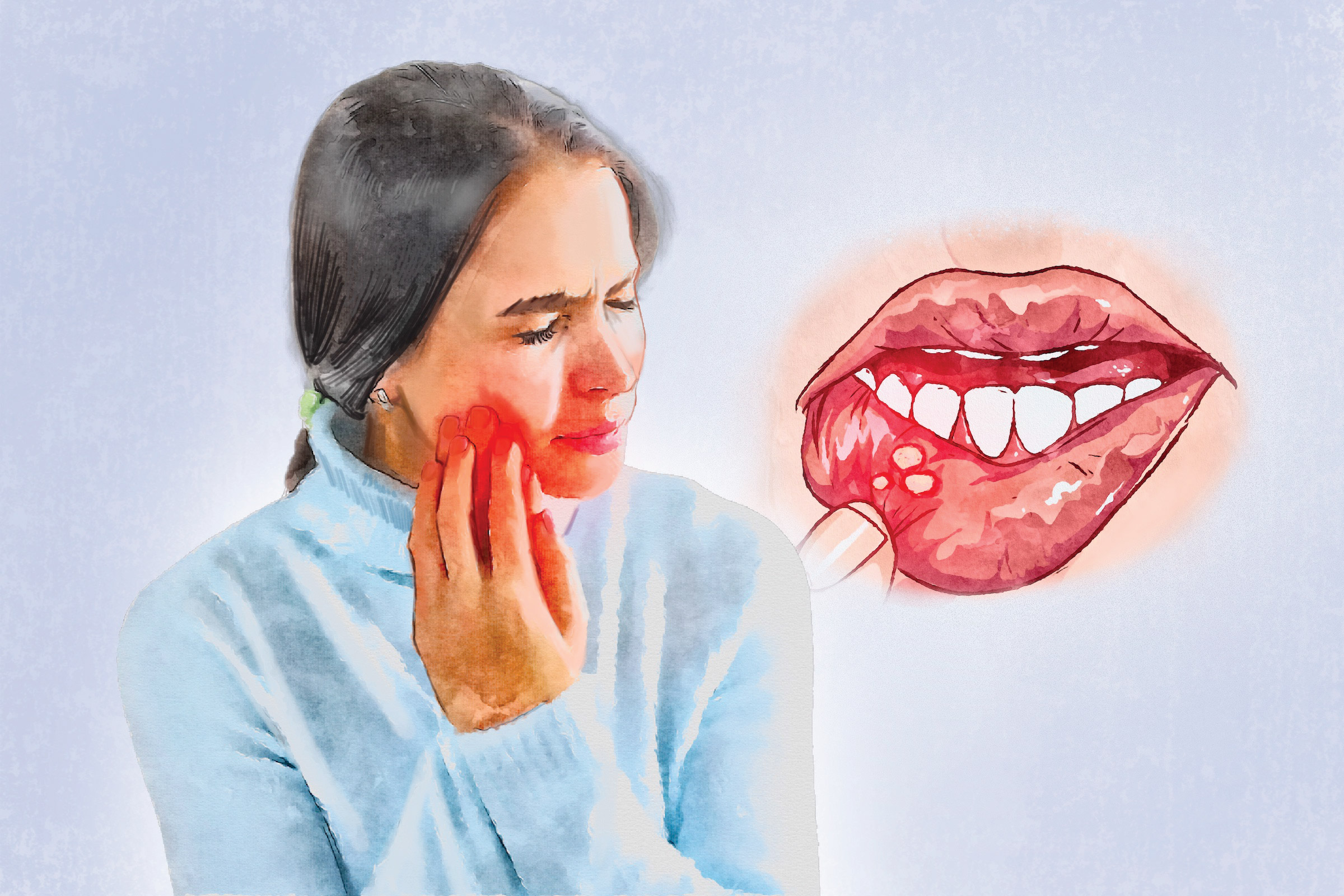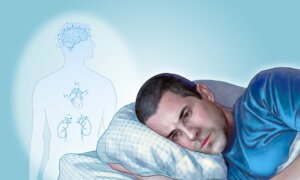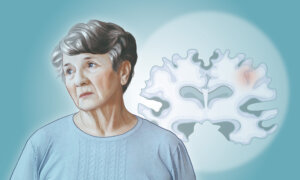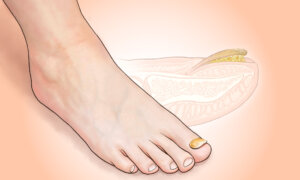
Initial Signs
As a canker sore begins to develop, there may be tingling, burning, or roughness in that particular area of the mouth. These sensations may last for several hours before a canker sore becomes visible. The affected area becomes slightly swollen and painful.
Appearances
When canker sores first appear, they are small red bumps that burst after one day, leaving open, round or oval, white or yellowish wounds (ulcers) with a red border. They are shallow, slightly sunken, and turn gray as they start to heal.
Symptoms
The main symptom of canker sores is severe pain, which is most intense in the first three to four days after they appear. The pain worsens with irritating foods such as acidic fruits, spicy items, and sharp foods like chips.
- Genetics: Approximately one in three people with mouth ulcers have a family history of the condition.
- Weakened immune system: Having a compromised immune system—such as in people with human immunodeficiency virus (HIV) or acquired immunodeficiency syndrome (AIDS)—may increase the risk of developing canker sores.
- Hormonal changes: Hormonal shifts related to the menstrual cycle, pregnancy, or dysmenorrhea (painful menstruation) may contribute to mouth ulcers. Sex hormones can either increase or decrease their occurrences. During pregnancy—especially in the first trimester—canker sores tend to increase. As a result, women are about twice as likely as men to develop them.
Viral or bacterial infection: Some researchers suggest heightened antigenic sensitivity—when the immune system overreacts to bacteria and viruses—may trigger canker sores. Infectious agents such as Helicobacter pylori and herpes simplex virus have been studied, but are not consistently found in aphthous ulcers.
Risk factors or triggers:
- Mouth injuries: May result from dental work or other trauma to the soft tissues.
- Brushing teeth too aggressively: Aggressive brushing can damage the delicate lining of the mouth.
- Injuries to inner mouth lining: Accidentally biting the tongue or cheek may cause small injuries that develop into canker sores.
- Burns caused by hot food or drink: Heat can damage the oral mucosa and trigger ulceration.
- Certain chemicals: Sodium lauryl sulfate (SLS), found in many toothpastes and mouthwashes, has been associated with canker sores.
- Mouth rashes: Conditions such as lichen planus may contribute to the development of sores.
- Age: Canker sores typically first appear between the ages of 10 and 20, although they can occur at any age.
- Stress: Physical or emotional stress may increase the likelihood of developing sores.
- Nutrient deficiency: Lack of iron, folic acid, vitamins B1, B2, B6, and B12, or zinc may trigger canker sores. Low ferritin, a protein that stores iron, may also be a factor.
- Food allergies: Reactions to certain foods may cause oral inflammation. Elimination diets are often used to identify and manage allergy-related canker sores.
- Dehydration: Reduced saliva production increases friction in the mouth, making it more susceptible to irritation.
- Sensitivity to certain food items: Foods such as chocolate, coffee, strawberries, eggs, nuts, cheese, and spicy or acidic foods may irritate the mouth.
- Irritation caused by orthodontic braces or dentures: Dental devices can rub against the lining of the mouth.
- Continuous friction from misaligned, sharp, or broken teeth: Ongoing irritation can lead to the formation of sores.
1. Minor
Also known as minor aphthous stomatitis, it is the most common form, affecting more than 80 percent of people with canker sores. The ulcers are typically small, less than 1 centimeter in diameter, heal within a week, and do not cause scarring.
2. Major
Major aphthous stomatitis is the most severe form, affecting around 15 percent of people with canker sores. The ulcers are larger than 1 centimeter, can be extremely painful, and often take up to four weeks to heal. Unlike minor canker sores, these ulcers frequently leave scars in the mucous membrane.
3. Herpetiform
Herpetiform aphthous stomatitis is a rare form, affecting less than 5 percent of cases. It involves clusters of pinhead-sized ulcers, sometimes under 1 millimeter, that can merge into larger sores. These ulcers are painful and may appear in large numbers—up to 100 at once. They usually heal within a week, but if they combine, they may cause scarring. Herpetiform canker sores are more common in older women.
- Ulcers don’t heal within two weeks
- Symptoms include fever or swollen lymph nodes
- Sores recur frequently
- Pain is significant enough to interfere with eating or drinking
Health care providers typically diagnose canker sores through oral examination and by reviewing a review of symptoms, diet, medical history, family history, and medications. For children, a health history and physical exam are usually sufficient.
- Swab test: Used to identify infections or pathogens
- Blood test: Detects vitamin deficiencies, immune disorders, or allergies
- Culture of the sores: Identifies specific bacteria, viruses, or fungi
- Biopsy: Examines a tissue sample under a microscope
- Examination of specific organs: For example, evaluating the bowel for underlying disease
- Dehydration and nutritional deficiencies: Severe pain can make eating and drinking difficult, leading to reduced fluid intake and inadequate nutrient absorption.
- Bacterial infections: Canker sores may become infected by bacteria, though this risk can often be reduced by using chlorhexidine mouthwash.
- Oral fungal infections: Long-term use of topical corticosteroids to treat canker sores may increase the risk of fungal infections in the mouth, which may require antifungal treatment.
1. Self-Care
At-home remedies to relieve canker sore pain include:
- Eating soft foods, such as yogurt, and avoiding spicy, salty, or acidic foods.
- Drinking cold fluids using a straw to minimize contact with the sore.
- Applying ice directly to the sore to numb the area.
- Rinsing your mouth with saltwater by dissolving 1 teaspoon of salt in 1 cup of water.
- Brushing your teeth twice daily and flossing once a day to maintain good oral hygiene. Using a soft-bristled toothbrush may help prevent gum injuries and reduce the risk of new sores. Toothpastes without SLS may reduce the frequency of canker sore outbreaks in some people.
2. Over-the-Counter Medications
Many medications are available in different forms such as gels, creams, pastes, sprays, mouthwashes, or lozenges. To apply medicine to a canker sore, first dry the area with a cotton swab, then use a second swab to apply the treatment.
- Numbing medicines: Apply over-the-counter anesthetics, such as lidocaine or benzocaine, using a cotton swab. Consult a doctor before using anesthetics in children.
- Pain killers: Nonsteroidal anti-inflammatory drugs, including aspirin, ibuprofen, or naproxen, may help. Avoid giving aspirin to anyone under 18 due to the risk of Reye syndrome.
- Hydrogen peroxide: Mix equal parts hydrogen peroxide and water. Apply with a cotton swab, then dab a small amount of Milk of Magnesia on the sore. Repeat three to four times a day.
- Astringent medications: Tinctures made from myrrh or rhubarb root may help relieve pain and inflammation by narrowing blood vessels. Consult your doctor or dentist before using these plant-based remedies.
3. Prescription Medications
If canker sores don’t improve after a few weeks of home treatment, a doctor or dentist may prescribe one of the following:
- Corticosteroids: Anti-inflammatory drugs may be applied topically or taken orally to help reduce inflammation. Topical corticosteroids are typically the first-line treatment for recurrent stomatitis.
- Chlorhexidine mouthwash: Helps reduce oral bacteria in the mouth and prevent secondary infections.
- Colchicine: Reduces pain through anti-inflammatory action by inhibiting the immune response involved in ulcer formation.
- Pentoxifylline: Eases pain by blocking body chemicals that cause inflammation.
- Topical lidocaine: Can provide effective pain relief.
- Doxycycline: A meta-analysis found that topical doxycycline may be more effective in speeding healing than other treatments.
- Sucralfate: A 2014 study found that topical sucralfate can shorten healing time and reduce pain.
- Other medicines: Additional options may include azathioprine, dapsone, thalidomide, hyaluronic acid, and chamomile.
4. Treatments for Severe Cases
In more severe or persistent cases, canker sores may require medical interventions beyond standard home care. Treatments aim to reduce pain, speed healing, and prevent complications when over-the-counter or prescription options are not effective.
- Laser therapy: Used in severe cases to destroy inflamed tissue and reduce pain
- Silver nitrate sticks: Used to chemically cauterize the sore. While they do not speed or delay healing, they may help relieve discomfort.
- Steroid tablets: Provide systemic treatment to reduce inflammation in the mouth and body. Steroid tablets should be used under medical supervision due to potential side effects.
1. Food Additives
One painful but effective home remedy involves using certain food additives applied directly to canker sores.
2. Apitherapy
Apitherapy is the use of bee products—such as honey and propolis—for medicinal purposes.
3. Medicinal Herbs:
Certain herbs have been traditionally used—and scientifically studied—for their potential to reduce the pain, duration, and recurrence of canker sores. Plant-based options may offer complementary support alongside standard treatments.
- Aloe vera: A 2022 meta-analysis of nine studies with a total of 847 participants found that aloe vera treatments were more effective and offered shorter healing times compared to conventional interventions. While aloe vera is equally effective in reducing pain and ulcer size, it stands out for its safety and minimal side effects.
- Echinacea: Echinacea supplements have long been used in India to treat mouth ulcers. A 2018 study discovered that echinacea tablets effectively reduced lesions, pain intensity, and recurrence, while promoting complete healing in cases of recurrent minor canker sores.
- Chamomile: A 2015 study found that chamomile extract can reduce pain in people with canker sores, though it was not as effective as triamcinolone, a common corticosteroid treatment.
- Myrtle: Myrtex extract, at various concentrations, has been shown to reduce mouth ulcer diameter, pain, and burning sensation. Myrtle oral paste may shrink canker sores, relieve pain, and lessen redness and fluid discharge. Additionally, myrtle essential oil and decoction may help relieve pain and reduce ulcer size, without causing side effects.
4. Dietary Supplements:
Some vitamins and nutrients have shown potential in easing pain and reducing the frequency of canker sores. These supplements may offer added support for people prone to recurring outbreaks.
5. Alternative Treatments
Some traditional Chinese medicine (TCM) practices, such as acupuncture and fire needle therapy, may help relieve pain, reduce recurrence, and speed healing of canker sores.
- Acupuncture: A 2022 meta-analysis of 18 studies involving nearly 1,500 people with mouth ulcers found that acupuncture may be more effective than Western medicine in treating symptoms. Combining acupuncture with Western or Chinese medicine was shown to reduce ulcer recurrence and relieve pain. Various acupuncture techniques were used, including conventional acupuncture, electroacupuncture, fire acupuncture, plum blossom acupuncture, and press acupuncture, among others.
- Fire needle therapy: This unique TCM technique involves inserting red-hot needles into affected areas or acupuncture points. A 2024 meta-analysis of nine studies involving nearly 1,500 participants found fire needle therapy to be an effective treatment for canker sores, by providing pain relief, symptom improvement, and faster recovery.
- Acupoint injection and fire needling: In a 2015 study, combining shuang huanglian injections at several acupoints with fire needling yielded a 92.4 percent effectiveness rate—higher than the 77.2 percent effective rate in participants who received oral vitamin therapy and subcutaneous transfer factor injections. The combination therapy provided fast pain relief, improved symptoms, shortened healing time, and reduced recurrence.
- Brush with a soft-bristled toothbrush, use SLS-free toothpaste, and floss after meals to keep your mouth clean.
- Ensure braces fit properly, and cover sharp edges with orthodontic wax to avoid injury.
- Practice stress-reduction techniques, such as mindfulness or meditation.
- Maintain a food diary to help identify possible dietary triggers.
- Avoid chewing gum and eating hard, acidic, salty, or spicy foods that may irritate the mouth.
- Limit intake of alcohol and tobacco.
- Follow a healthy, balanced diet with adequate levels of vitamin B12, folate, and ferritin.








